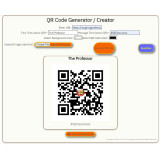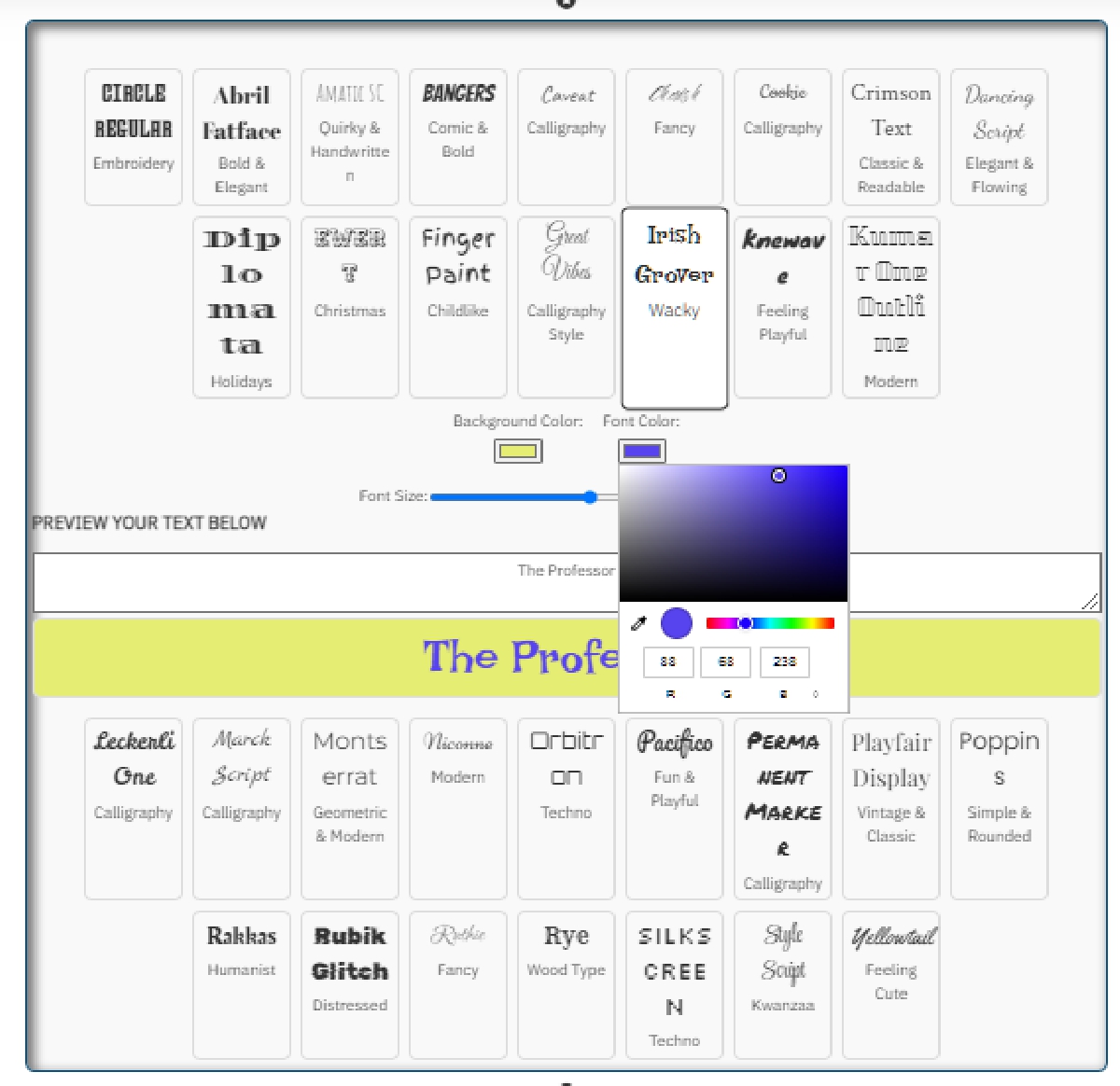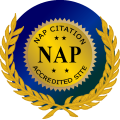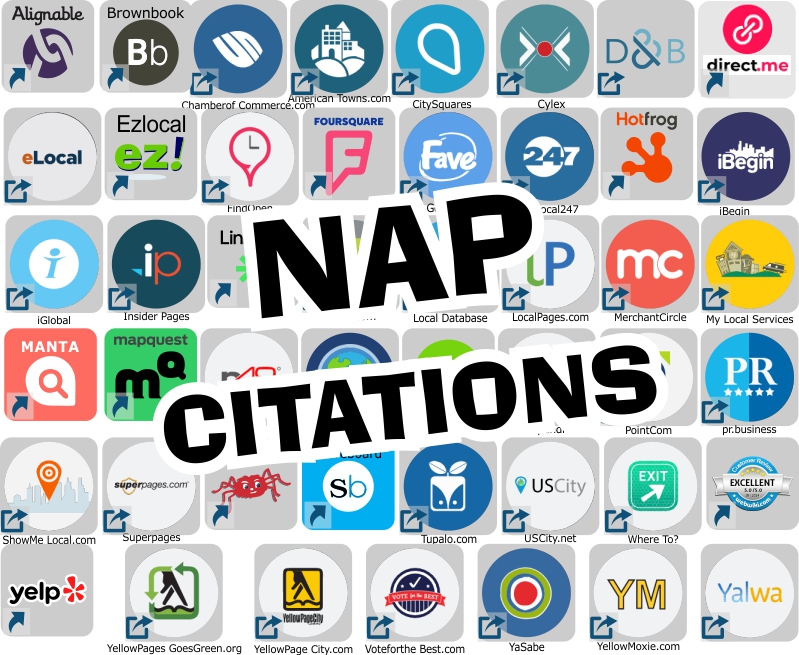-
Services Provided
- Home
- SEO ToolBox Dashboard
- SEO Services
- Web Developer/Hosting
- SEO Optimization Tools
-
Business Tools
- Lead Funnels
- QR Code Generator
- Random Winner Wheel
- Event Planner
- Unlock Your SEO Potential
- Growth Projections
- Your customer decal Price Calculator
- Customized web page Forms
- Artwork Confirmation Form
- Gift Finder
- Blank Printable Invoice
- Title Block
- Coupon Generator
- Heat Press Pricing Calculator
- Profit calculator wheel
- Selling Price Calculator
- Cost Analysis
- IndexNow URL Submitter
- ADA Compliant Widget
-
Engaging Widgets & Tools
- Directory - Widgets & Tools
- Font Preview
- Font Search
- Product Designer
- Designer Text Editor
- Product Designer - Mugs
- Product Designer - Tumbler
- Tote / Cushion Product Designer
- Embroidery Mockup Designer
- Theme Color Generator
- Dragable Color Editor
- Page Color Palette Generator
- Color code Picker
- Pantone Swatch
- Funny Calling Card
- Single Palette Color Preview
- Apparel Size Chart
- Event Countdown Timer
-
Resources
- AI bot discoverability
- Portfolio
- Influencer SEO Collaboration
- Affiliate Support Pack - AI Bot Tracker
- Video Collection
- Featured Published Articles
- Customer Service SURVEY
- Meet the Team
- Guest Writer
- Sitemap Page Search HTML
- WV Business Directory
- Business Card (NAP)
- Product page Example
- SEO Quiz
- 15 point SEO Checklist
- Press Release for AI Bot Tracker Launch
- Business Category Search Tool
- Site Product/Services Search
 12% rewards for affiliate members
12% rewards for affiliate members - See All Products
- Artwork Graphics
- On Page SEO Toolbox Dashboard

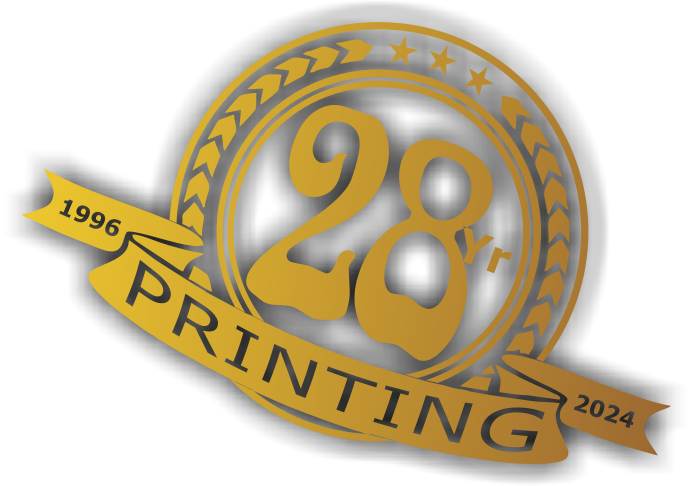 29 years of #TheProfessor
29 years of #TheProfessor